
Non-Oil Exports from Iran’s Bushehr Province Up by 20%

Director General of Bushehr Province Customs Behrouz Qarebigi said this morning that over 22 million tons of non-oil goods were exported from the province's customs office during the 11 months of the current local calendar year which started on March 21, 2019.
He added that the exported data-x-items excluding gas condensates in Bushehr province were worth about $ 7.151 billion, up 20 percent from the same period a year earlier, in terms of weight.
Bushehr is considered as Iran’s main exports hub. Around 37.8 million tons of commodities worth $15.08 billion were exported from Bushehr during the last fiscal year (March 2017-18).
Qarebigi noted that during this period, Bushehr province's customs exports, including gas condensate, amounted to about 23 million and 19 thousand tons of goods worth over $ 7 billion and 669 million.
Qarebigi also said that the main export commodities of Bushehr province include petrochemicals, gas condensates, minerals, aquatic, vegetable and poultry.
He said most of the province's goods were exported to China, the United Arab Emirates, India, South Korea, Qatar, Pakistan, Brazil, Turkey and Malaysia.
Iranian officials started planning for policies to counter the US possible sanctions a year before US President Donald Trump entered into office in early 2017. The policies are now proving effective as economic indexes are indicating inefficacy of the US pressures.
Washington’s unilateral sanctions against Tehran began in November 2018, five months after US President Donald Trump withdrew from an international deal on Iran’s nuclear program.
Claiming that the bans were working properly, Trump tightened them in May 2019, only to see that Iran was finding new solutions to recoup the losses.
Early in July, Iranian Industry Minister Reza Rahmani said that despite US efforts to cripple Tehran’s economy, year-on-year comparison showed that the country’s domestic production increased in the first quarter of the local calendar year (March 21-June 21).
Early in January, Iranian Minister of Roads and Urban Development Mohammad Eslami said that the country's exports have outpaced imports despite the harsh US sanctions.
Iran is the only state in the world without foreign debt as the country's trade balance is now positive and exports have surpassed imports, Eslami said.
A great deal of development in the civil, water, electricity, gas and utility sectors have been made, and during the outrageous sanctions, the country has become a manufacturing workshop, he added.
In relevant remarks in December, Deputy Head of Iran Trade Development Organization Farhad Nouri said that the Iranian factories and manufacturers which were reliant on parts and intermediary products for their production are now either producing their needs themselves or buying them from their compatriot partners, adding that this is the plus point of US’ unilateral sanctions.
Sanctions are not a blessing but they have prepared the ground for economic activists to make efforts and the factories that imported their raw materials for more than two decades are now either producing themselves or buy them from local units, Nouri said in Arak, the central city of Markazi province.
He added that all types of goods worth 31.9 billion dollars were exported from Iran over the past nine months, reminding that trade worth of 63 billion dollars under the current economic condition is indebted to concerted efforts of the economic activists.
Nouri further noted that China, Iraq, UAE, Afghanistan and Turkey are major destinations for the Iranian exports while Turkey, UAE and Germany are biggest Iranian trade partners in field of imports.
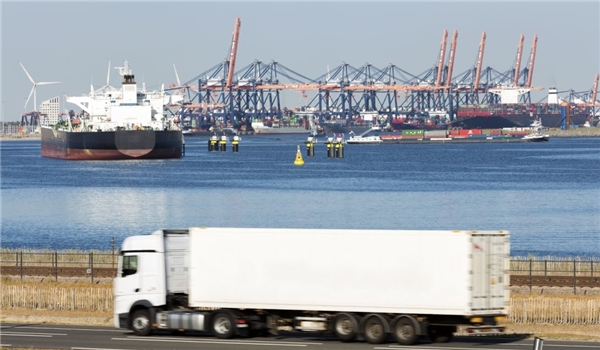


Codelco seeks restart at Chilean copper mine after collapse
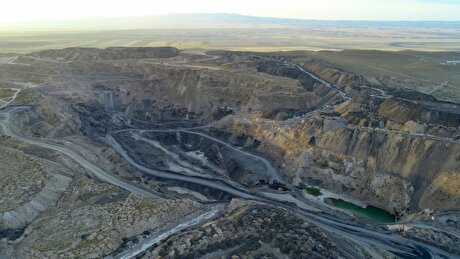
Uzbek gold miner said to eye $20 billion value in dual listing

Hudbay snags $600M investment for Arizona copper project
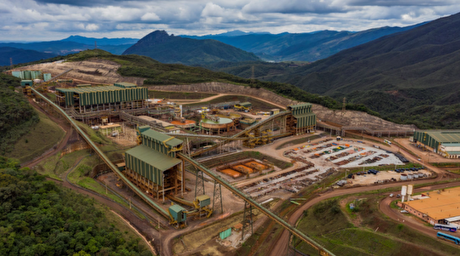
BHP, Vale offer $1.4 billion settlement in UK lawsuit over Brazil dam disaster, FT reports

Peabody–Anglo $3.8B coal deal on the brink after mine fire
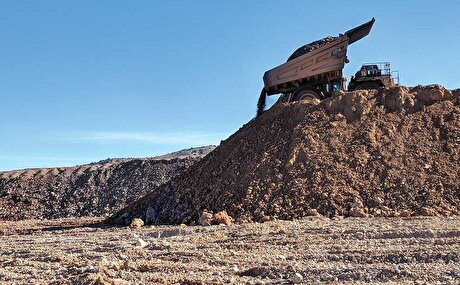
Minera Alamos buys Equinox’s Nevada assets for $115M
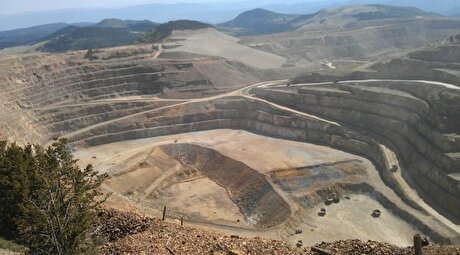
SSR Mining soars on Q2 earnings beat

Century Aluminum to invest $50M in Mt. Holly smelter restart in South Carolina
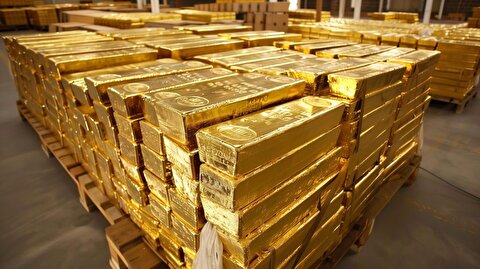
A global market based on gold bars shudders on tariff threat

Samarco gets court approval to exit bankruptcy proceedings
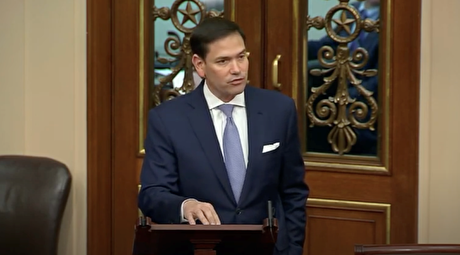
US eyes minerals cooperation in province home to Reko Diq
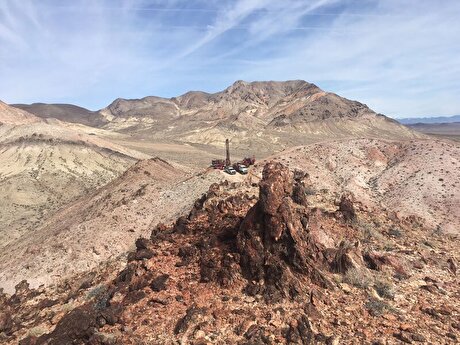
Allegiant Gold soars on 50% financing upsize
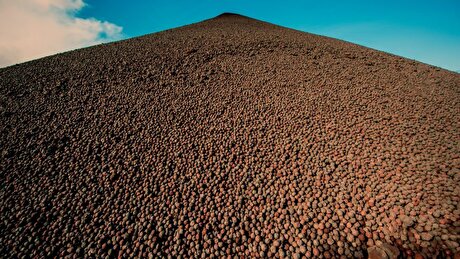
Explaining the iron ore grade shift

Metal markets hold steady as Trump-Putin meeting begins
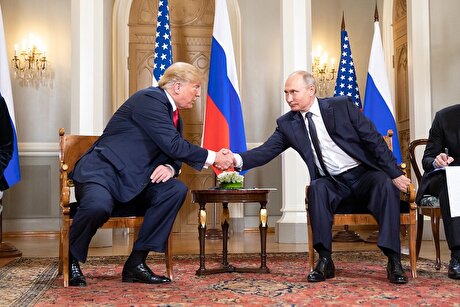
Trump to offer Russia access to minerals for peace in Ukraine

Gemfields sells Fabergé luxury brand for $50 million

Gold price stays flat following July inflation data
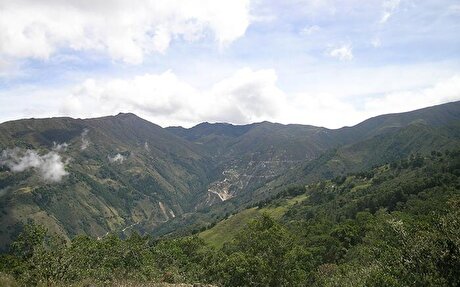
Eco Oro seeks annulment of tribunal damage ruling
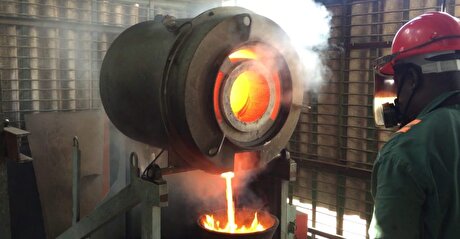
Zimbabwe labs overwhelmed as gold rally spurs exploration, miner says

Samarco gets court approval to exit bankruptcy proceedings

US eyes minerals cooperation in province home to Reko Diq

Allegiant Gold soars on 50% financing upsize

Explaining the iron ore grade shift

Metal markets hold steady as Trump-Putin meeting begins

Trump to offer Russia access to minerals for peace in Ukraine

Gemfields sells Fabergé luxury brand for $50 million

Gold price stays flat following July inflation data

Eco Oro seeks annulment of tribunal damage ruling














